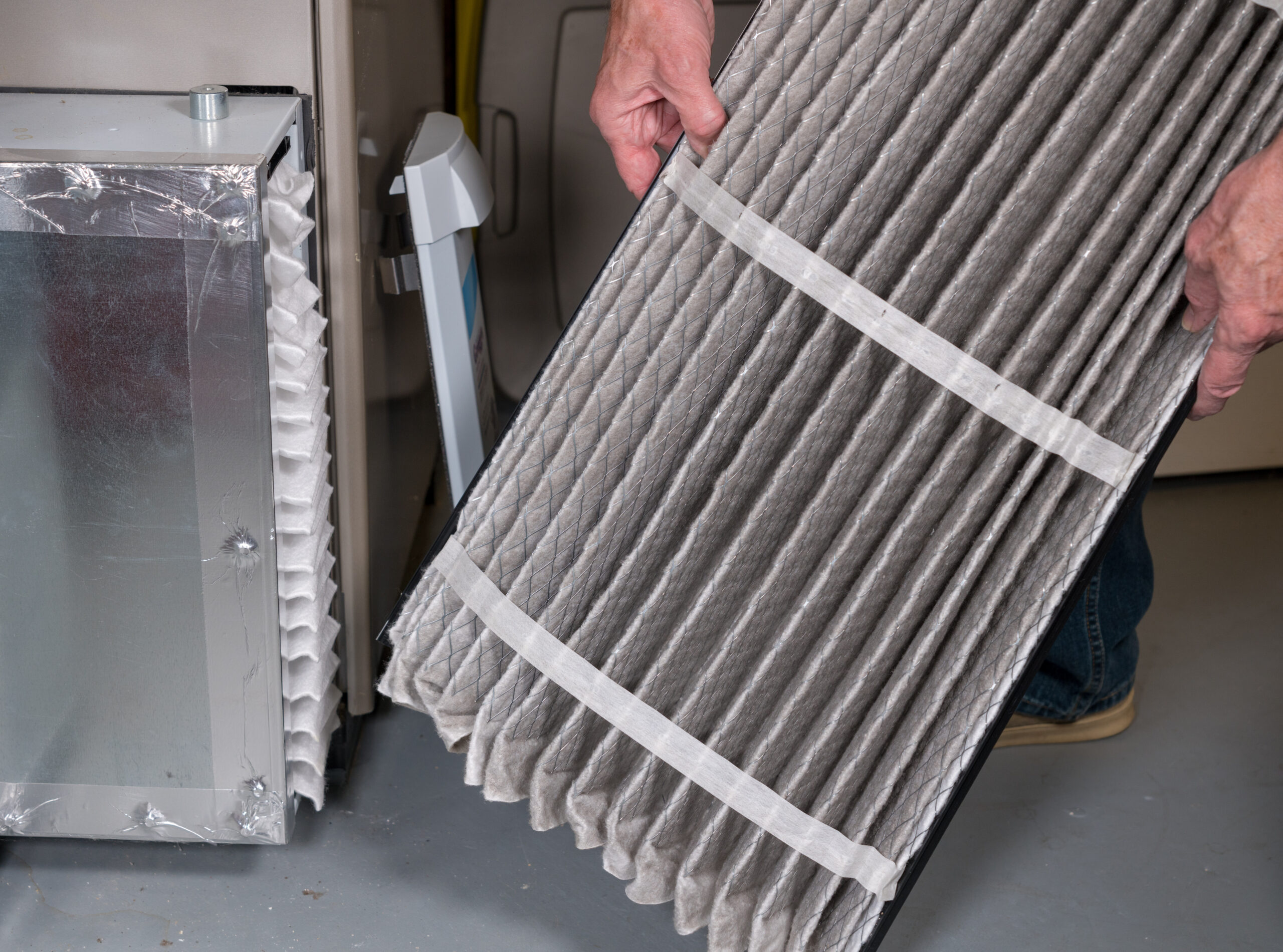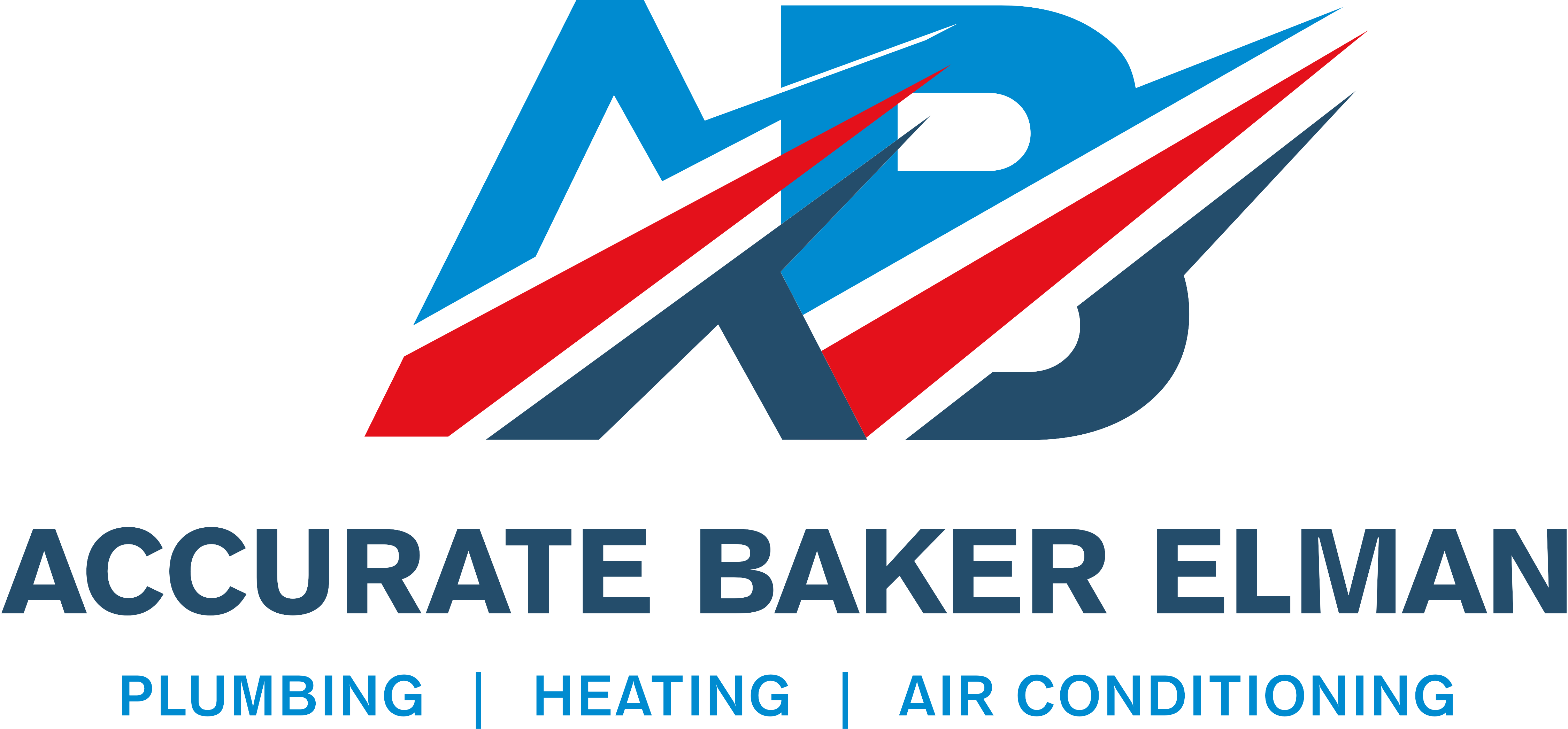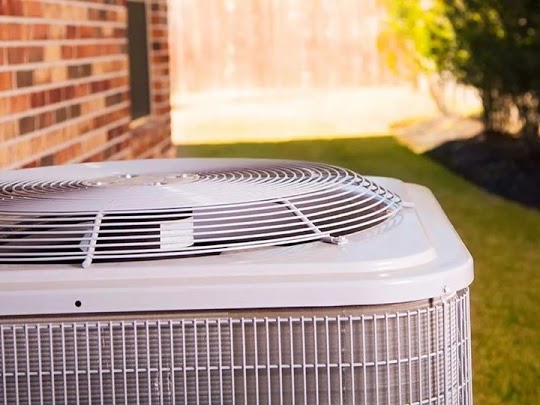If your air conditioner is blowing warm air or not cooling your home like it should, you’re not alone. This happens to many people in the spring when they turn on their AC for the first time. The good news? There are a few common reasons why it’s not working—and you can often fix them or know when it’s time to call a professional.
This guide will help you understand what might be wrong and what to do next, step-by-step.
1. Your Air Filter Might Be Dirty
Your air filter keeps dust and dirt out of your AC system. But over time, the filter gets clogged. When that happens, cool air can’t flow through the vents.
Signs of a dirty filter:
-
Warm air blowing from vents
-
Less airflow than normal
-
AC turns on and off a lot
What to do:
-
Turn off your AC
-
Open the filter cover (usually near your furnace or air handler)
-
Slide the filter out and check it
-
If it looks gray or full of dust, replace it with a new one
Changing your filter every 1–3 months is a simple way to keep your AC running strong all spring and summer.
2. Your Thermostat Could Be on the Wrong Setting
Sometimes your AC isn’t broken—it’s just set the wrong way. Spring is when we switch between heat and cool. That switch can get confusing.
Things to check on your thermostat:
-
Is it set to “cool” instead of “heat”?
-
Is the temperature set lower than the room temperature?
-
Is it on “auto” or “on”? (Use “auto” so it only runs when needed.)
If your thermostat runs on batteries, now is a good time to replace them. This helps avoid surprise problems later.

3. The Outdoor Unit May Be Blocked or Dirty
The outdoor part of your AC system (called the condenser) needs space to work. It takes warm air from your house and sends it outside. If the area around it is full of leaves, grass, or even trash, it can’t do its job.
Look for:
-
Leaves or branches stuck in the fan
-
Tall grass around the unit
-
Dirt or dust covering the fins
What to do:
-
Turn off the power to your AC system first
-
Gently clear away leaves and grass
-
Use a garden hose to spray dirt off the outside fins
Do not open the unit or use harsh sprays. Just a light cleaning and some space around it (at least 2 feet) can help a lot.
4. You Might Be Low on Refrigerant
Refrigerant is what makes the air cold. Your AC doesn’t “use up” refrigerant, so if it’s low, there may be a leak. This is something a pro should fix.
Signs of low refrigerant:
-
Air from vents feels warm, even when AC is on
-
Ice forming on the copper lines or unit
-
Hissing or bubbling sounds from the system
You’ll need to call an HVAC technician to check for leaks and refill the refrigerant. This isn’t something to try on your own.
5. The Air Ducts Could Be Leaking
Air ducts move cool air through your home. If there’s a hole or a gap in the ducts, the cold air escapes before it gets to the rooms.
Look for these clues:
-
Some rooms feel warm while others are cool
-
You hear a whistling sound in the walls or ceiling
-
Energy bills are going up even though the AC runs more
A technician can seal the ducts and help your system work better. This keeps your home more comfortable and saves money.
6. Your AC Unit Could Be the Wrong Size for Your Home
If your AC is too small, it may run all the time but still not cool the house. If it’s too big, it may turn on and off quickly, which doesn’t remove humidity well.
This is harder to spot without a professional. But if your AC has always had trouble keeping up, size could be the reason.
What a pro can do:
-
Measure your home’s size and needs
-
Check your current system size
-
Recommend a better fit if needed
7. Your AC Might Be Too Old
Most AC systems last 10–15 years. After that, they start to wear out. They may use more energy, cool less, and break more often.
If your system is getting older and repairs are becoming common, it might be time to start thinking about a replacement.
Signs it’s getting too old:
-
Frequent breakdowns
-
Strange smells or sounds
-
Takes longer to cool your home
A new system may seem costly at first, but it can save you money in the long run through lower energy bills and fewer repairs.
8. You May Just Need a Spring Tune-Up
Even if your AC seems okay, getting a professional tune-up every spring is a smart move. It helps catch small problems before they turn into big ones.
What’s included in a spring HVAC tune-up:
-
Clean coils and drain lines
-
Check refrigerant levels
-
Tighten loose parts
-
Test the thermostat and electrical system
This service usually costs between $100–$200 in Rhode Island, depending on the company. But it can help avoid repairs that cost hundreds more later.
9. When to Call a Professional
If you’ve checked the filter, thermostat, and outdoor unit and your AC still isn’t cooling, it’s time to call in the experts.
Call a professional when:
-
You feel warm air blowing from the vents
-
The AC turns on but quickly shuts off
-
The system makes loud or strange noises
-
You see ice or leaking water around the unit
A licensed HVAC technician can run a full system check and explain what’s wrong. Many offer same-day service in spring when the weather warms up fast.
Final Tip: Keep Your AC Ready All Spring
Spring is the perfect time to get your AC ready before summer heat hits. You don’t want to be stuck on a hot day without cool air.
Your quick spring AC checklist:
-
✅ Change or clean your air filter
-
✅ Set your thermostat to “cool”
-
✅ Clear leaves from the outdoor unit
-
✅ Listen for strange sounds
-
✅ Schedule a spring tune-up
A few simple steps now can keep your home cool and comfortable for months to come.
Need help today? Contact your local HVAC company in Rhode Island to schedule a spring check-up. They’ll help you stay cool, fix small problems early, and keep your system running great all season long.


